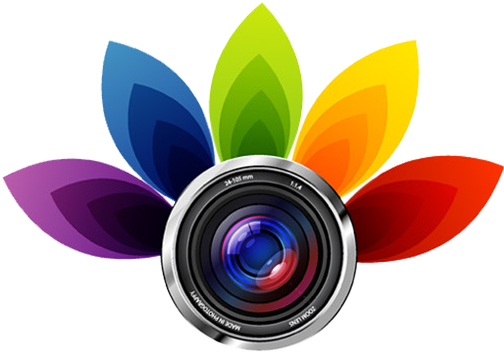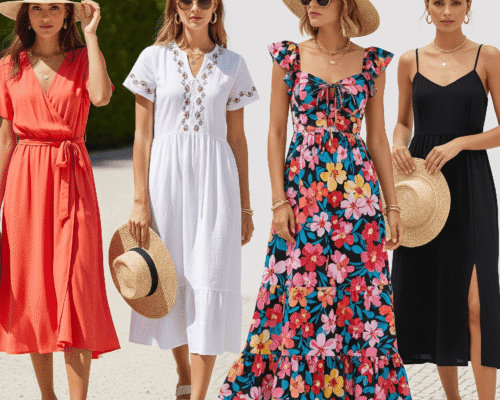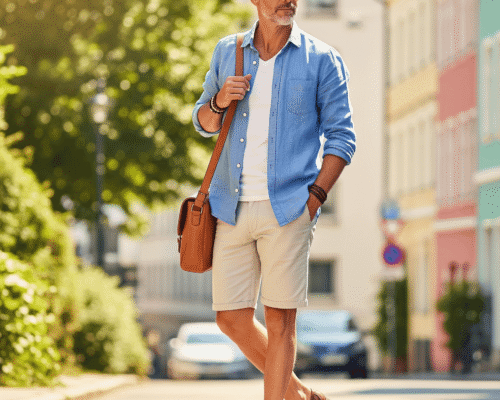Building a versatile summer dresses wardrobe is the key to feeling confident and stylish all…

Color Correction for Stunning Fashion Photography
In fashion photography, getting the right shot involves more than the model colors play a key role in storytelling. Color correction during editing can dramatically influence the final look of your images, enhancing their mood and appeal. A well edited photo has bright, true colors, while a bad edit looks dull and can be distracting. This article explores color correction in fashion photography and provides helpful tips to improve your editing skills.
Fashion Color Correction for Photography

Color correction is the process of adjusting the colors in an image to achieve a specific look or mood. It means changing the color’s hue, saturation, and brightness to make sure they look correct, consistent, and attractive. Color correction is important in fashion photography. It affects how the subject’s skin tone appears. It also changes the look of their hair color and clothing in the picture. Good color correction makes a person look bright, with healthy skin and vibrant hair, while poor correction can make them look dull and unattractive.
Color correction can be performed using software such as Adobe Lightroom or Photoshop, or using a combination of both. It is a delicate process that requires a good understanding of color theory and a keen eye for detail. When deciding on color correction, it’s important to think about the shoot’s style, theme, and the mood or atmosphere you want to create.
Why Color Correction Matters in Fashion Photography
Color correction matters in fashion photography because it can greatly impact the way the subject looks in the image. Good color correction makes a person look more attractive. It gives them healthy skin and bright hair. Poor color correction can make someone look dull and unattractive. Color correction changes the look of an image, helping to create a mood that matches the theme and style of the photoshoot.
Furthermore, color correction can help to balance the lighting in the image, correcting for any harsh shadows or overexposure. Lighting is very important in fashion photography to create dramatic effects and emphasize specific features of the subject. Color correction improves images by fixing lighting issues, making them look more natural and appealing.
Color correction makes the subject’s clothing and accessories look brighter and more attractive. In fashion photography, the clothing and accessories of the subject are usually the main focus of the picture.
The Basics of Color Correction for Fashion Photography
Color correction in fashion photography requires knowing color theory and applying its principles to improve images. This includes understanding the different color modes, such as RGB and CMYK, and how to convert between them. You will learn about color correction tools in software like Adobe Lightroom and Photoshop. This includes features such as the color curve and color balance.
It’s important to know color theory basics and various color correction techniques used in fashion photography. This includes techniques like color grading and color matching. Color grading adds a color scheme to an image. Color matching aligns the subject’s colors with the background or props.
It’s important to understand the color correction tools in software like Adobe Lightroom and Photoshop. This includes features like the color curve and color balance. These tools help adjust colors in an image for a more accurate and appealing look of the subject.
Evaluating Skin Tones and Hair Colors for Color Correction
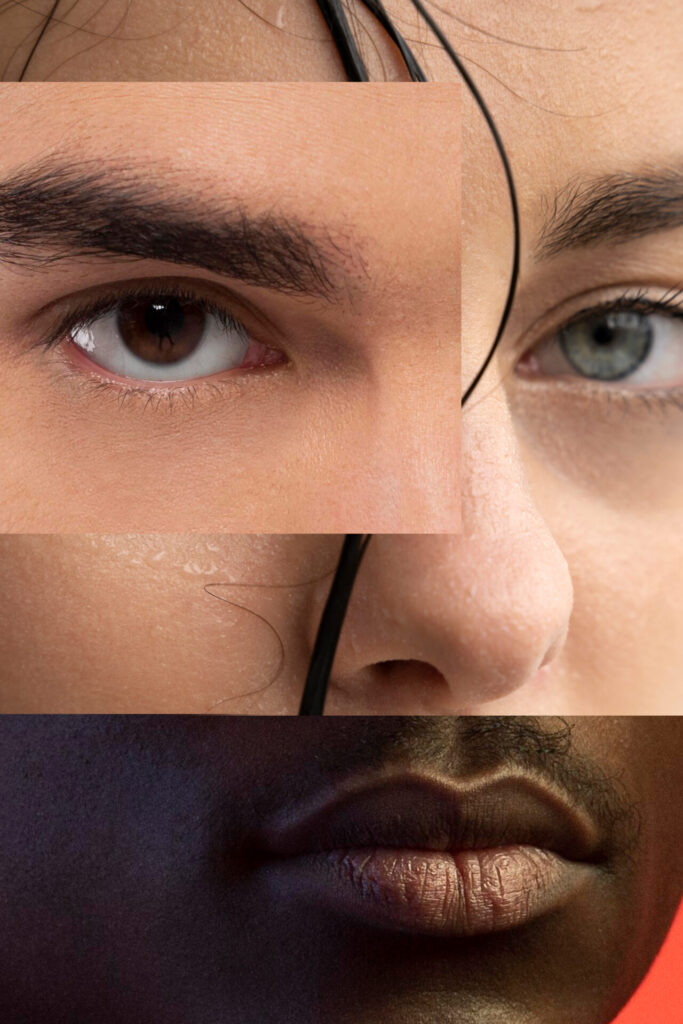 Evaluating skin tones and hair colors is a crucial step in the color correction process. This means examining the person’s natural skin and hair colors. It also includes considering any makeup or artificial colors in the image. By looking at the subject’s natural colors, we can decide how to fix the colors in the image.
Evaluating skin tones and hair colors is a crucial step in the color correction process. This means examining the person’s natural skin and hair colors. It also includes considering any makeup or artificial colors in the image. By looking at the subject’s natural colors, we can decide how to fix the colors in the image.
When assessing skin tones, consider the person’s natural color and any makeup or artificial colors in the image. This includes considering the subject’s facial structure, including the shape and color of their eyes, nose, and mouth. By looking at these factors, you can make smart choices on how to fix the image colors.
When choosing hair colors, consider the person’s natural hair color and any dye or highlights in the picture. We can look at the hair color to decide how to adjust the image colors. This includes deciding if we should make the hair color brighter or darker.
Balancing Warm and Cool Tones for Stunning Portraits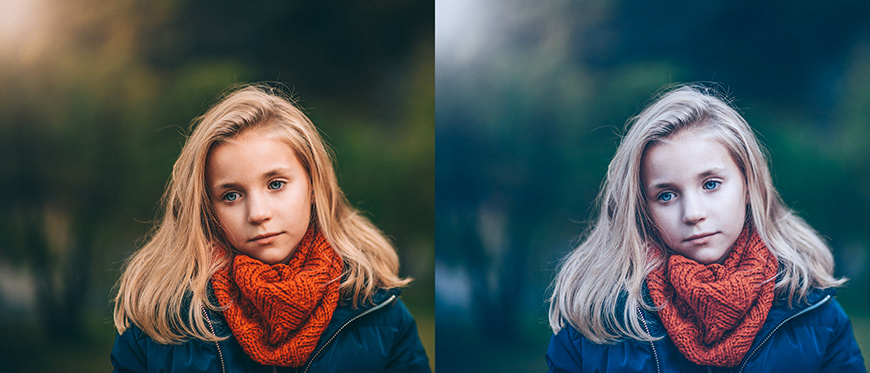
Balancing warm and cool tones is a crucial step in the color correction process. This involves adjusting the colors in the image to create a balanced and harmonious color palette. In portrait art, it’s important to balance warm colors like golden skin with cool colors like blue eyes or a cool background.
To balance warm and cool tones, it is often necessary to make adjustments to the color temperature of the image. You can change the white balance to adjust the color temperature of the image. You can also use color grading tools to add a specific color tone.
It’s important to adjust the color temperature, contrast, and saturation to improve the colors in the image. This can involve making adjustments to the brightness and contrast of the image, as well as the saturation of the colors.
Correcting Lighting Flaws and Harsh Shadows
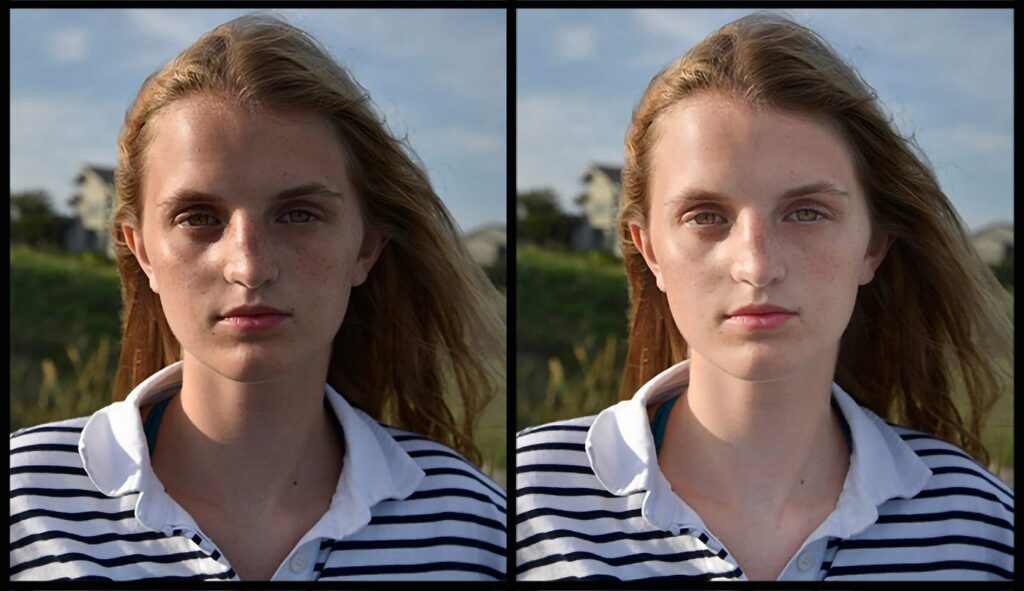 Correcting lighting flaws and harsh shadows is a crucial step in the color correction process. This involves adjusting the lighting in the image to create a more natural and flattering look. In portrait photography, it’s important to reduce strong shadows on the subject’s nose and eyes. You should also adjust the lighting. This helps create a more balanced look with even light and shadow throughout the image.
Correcting lighting flaws and harsh shadows is a crucial step in the color correction process. This involves adjusting the lighting in the image to create a more natural and flattering look. In portrait photography, it’s important to reduce strong shadows on the subject’s nose and eyes. You should also adjust the lighting. This helps create a more balanced look with even light and shadow throughout the image.
To fix lighting issues and strong shadows, you usually need to adjust the image’s exposure and contrast settings. This means changing the brightness, contrast, and exposure of certain parts of the image to improve its appearance.
In addition to adjusting the exposure and contrast, you should also change the color temperature. It’s important to adjust the saturation of the image too. This means changing the color temperature for a more natural look. It also involves adjusting the color saturation. This helps create a balanced and pleasing color scheme.
Enhancing Colors and Creating Mood with Color Correction
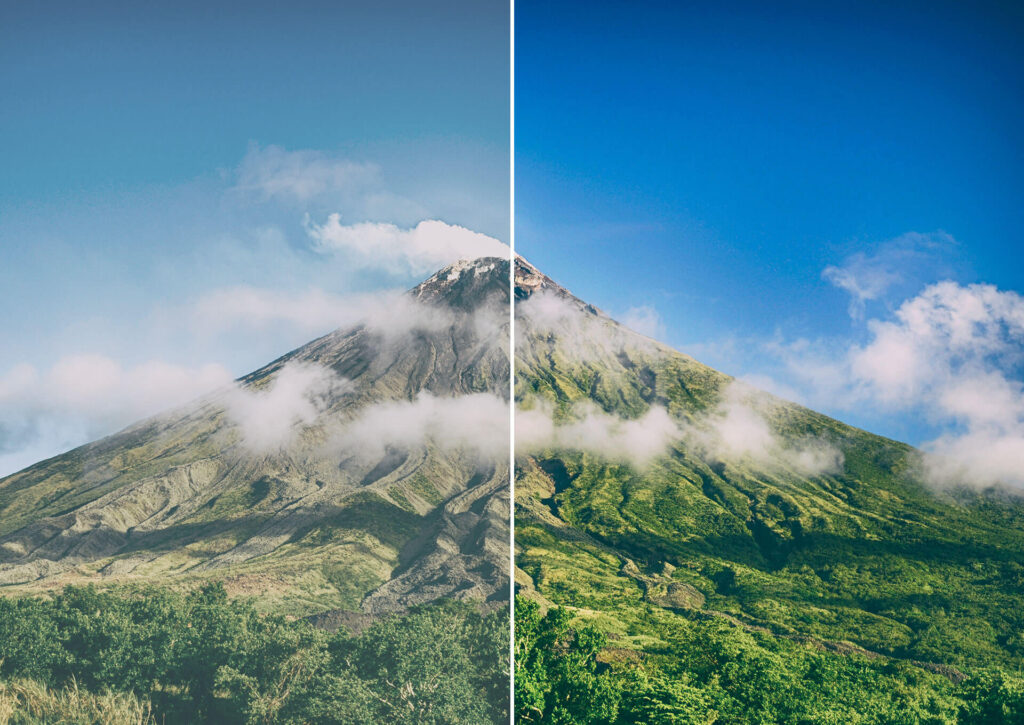 Enhancing colors and creating mood with color correction is a crucial step in the color correction process. This involves using color correction techniques to add depth, dimension, and mood to the image. In portrait photography, you can enhance the subject’s skin tone, hair color, and clothing. This makes them look more appealing and attractive.
Enhancing colors and creating mood with color correction is a crucial step in the color correction process. This involves using color correction techniques to add depth, dimension, and mood to the image. In portrait photography, you can enhance the subject’s skin tone, hair color, and clothing. This makes them look more appealing and attractive.
To improve colors and set the mood, you often need to adjust the image’s color temperature, saturation, and contrast. You can change the color temperature to set a mood, like making a space feel warm and cozy or cool and calming.
Besides changing the color temperature, it’s important to adjust the image’s saturation and contrast as well. This means brightening the colors of the person’s skin, hair, and clothes. It also involves adjusting the image’s contrast. This makes the image more striking and eye-catching.
Final Tips and Tricks for Mastering Color Correction
Mastering color correction requires a combination of technical skills, creative vision, and attention to detail. Here are a few final tips and tricks to help you master color correction:
- Practice, practice, practice! The more you practice, the more comfortable you will become with the color correction process.
- Pay attention to the mood and atmosphere of the image. Color correction changes the mood and feel of an image. It’s important to consider these aspects when adjusting colors.
- Don’t be afraid to experiment! Color correction involves experimenting and trying new methods, so feel free to explore different techniques and approaches without hesitation.
- Use color correction to enhance the subject, not to change them. Color correction aims to improve the subject’s appearance, making them look better without completely changing their original look.
Use these tips to improve color correction and take beautiful fashion photos that highlight your subjects’ beauty and essence.
Conclusion
Color correction is a important step in the post-processing of fashion photography. Learn the basics of color theory. Assess skin and hair tones. Balance warm and cool colors. Fix lighting issues and enhance colors.
Set the mood for your photos. By practicing these color correction techniques, you can create beautiful fashion photos that showcase your subjects’ beauty. By practicing these color correction techniques, you can create beautiful fashion photos that highlight the beauty of your subjects.
Read More: Simple Color Correction Tips: Make Your Photos Shine
